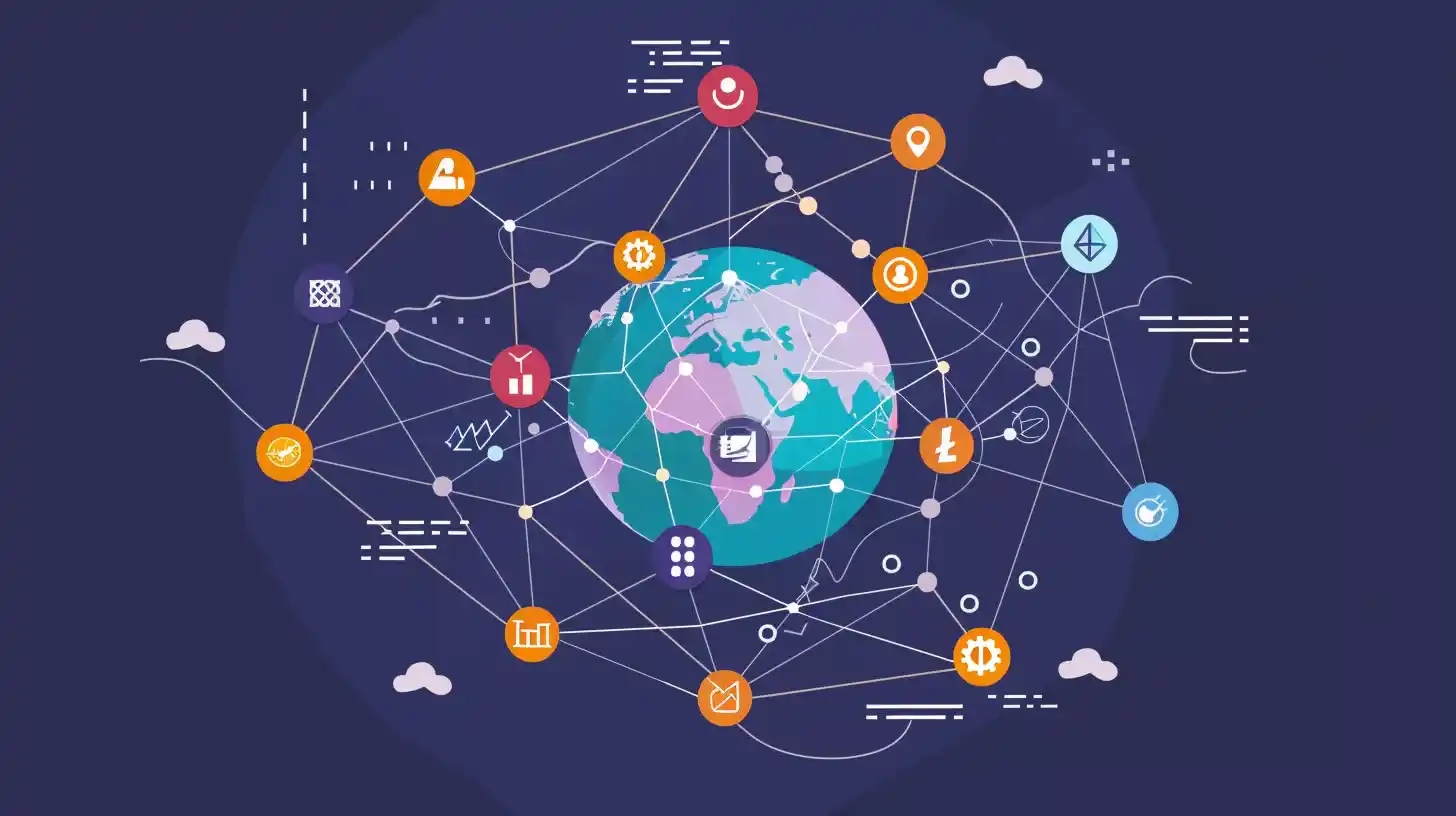Table of Contents
While GitHub Copilot offers a powerful AI-assisted coding experience, its free trial eventually ends. This presents a challenge for developers seeking to leverage AI for their projects. But there’s a solution on the horizon: the fusion of AI and blockchain technology.
This article explores how CUDOS, a decentralized blockchain-based network, addresses limitations hindering AI’s full potential within the blockchain ecosystem. By overcoming these challenges, CUDOS paves the way for a future where developers can access powerful AI tools, potentially even free alternatives to GitHub Copilot, for blockchain development.
The Roadblocks to AI and Blockchain Integration
The exciting possibilities of AI and blockchain merging face some significant hurdles:
- Scalability and Processing Power: Traditional blockchain networks struggle to handle the immense computational demands of AI algorithms. This bottleneck slows processing and increases costs, hindering wider adoption.
- Integration Complexity: Seamless communication between AI systems and blockchain networks requires new frameworks and protocols. These solutions must ensure secure and efficient integration for advanced functionalities.
- Sustainability Concerns: Both AI and blockchain technologies have substantial energy consumption needs, leading to environmental anxieties. Training AI models can leave a hefty carbon footprint.

These challenges create a barrier for developers seeking to leverage AI for their blockchain projects. But there’s hope!
Cloud Computing to the Rescue GitHub Copilot
Decentralized sustainable Web3 cloud computing platforms like CUDOS emerge as a solution to these limitations. Let’s delve into how CUDOS tackles these GitHub Copilot challenges and empowers developers:
- Overcoming Scalability and Processing Bottlenecks: CUDOS leverages a global network of providers, distributing processing power across eight countries. This decentralized approach expands capacity beyond conventional limitations, ensuring efficient AI operations on the blockchain.
- Streamlining Integration: CUDOS simplifies AI and blockchain integration through standardized APIs and development frameworks. These tools reduce complexities, allowing developers to effortlessly deploy and manage their AI-powered blockchain applications.
- Championing Eco-Conscious Computing: CUDOS prioritizes sustainability by partnering with providers utilizing 100% renewable energy for their GPU needs. This commitment ensures progress doesn’t come at the expense of the environment.
By addressing these critical issues, CUDOS paves the way for a future where powerful GitHub Copilot AI tools seamlessly integrate with blockchain technology. This opens doors for innovation and value creation across various industries.
While CUDOS doesn’t directly offer a free alternative to GitHub Copilot, it addresses a broader challenge: the accessibility of powerful AI for blockchain development. As Web3 cloud platforms like CUDOS evolve, they could potentially play a role in fostering a future with more accessible and sustainable GitHub Copilot AI solutions for developers in this burgeoning field.
The Potential Impact of CUDOS on AI Development
The capabilities unlocked by CUDOS extend beyond just facilitating AI on the blockchain. Here’s how CUDOS could potentially impact the broader landscape of AI development:
- Democratizing AI Development: The high costs associated with traditional AI development tools and infrastructure can be a barrier for many developers. By offering a more accessible and potentially lower-cost solution through its decentralized network, CUDOS could democratize AI development, making it more accessible to a wider range of individuals and organizations.
- Boosting Collaboration: CUDOS’ decentralized nature fosters collaboration by enabling developers to share and leverage AI models within the network. This could accelerate innovation and development cycles, as developers can build upon existing models and contribute to a collective pool of AI resources.
- Enhancing Transparency and Trust: The transparency inherent in blockchain technology can be applied to AI development. With CUDOS, the training data and algorithms used in AI models could potentially be made more transparent, fostering trust and ethical considerations in AI development.
Challenges and Considerations
While CUDOS presents exciting possibilities, some challenges and considerations remain:

- Security: Security is paramount in both AI and blockchain. CUDOS needs to ensure robust security measures are in place to protect user data and prevent malicious actors from exploiting the network.
- Regulation: The regulatory landscape surrounding AI and blockchain is still evolving. CUDOS will need to adapt to comply with emerging regulations to ensure its long-term viability.
- Adoption: Widespread adoption of CUDOS and similar platforms is crucial for their success. Encouraging developer adoption and building a strong user base will be essential for CUDOS to realize its full potential.
Conclusion
The fusion of AI and blockchain holds immense potential for innovation across various industries. While challenges exist, CUDOS, as a decentralized sustainable Web3 cloud computing platform, offers a promising solution. By addressing GitHub Copilot’s key limitations in scalability, integration, and sustainability, CUDOS paves the way for a future where powerful AI tools seamlessly integrate with blockchain technology.
This paves the way for groundbreaking advancements in areas like decentralized finance, healthcare, and artificial intelligence.
While CUDOS may not directly replace a free tier of GitHub Copilot, it addresses a broader concern – the accessibility of powerful AI for developers, particularly in the realm of blockchain development. As Web3 cloud platforms like CUDOS continue to mature, they have the potential to shape a future with more accessible and sustainable AI development tools, fostering a more collaborative and innovative future for AI.